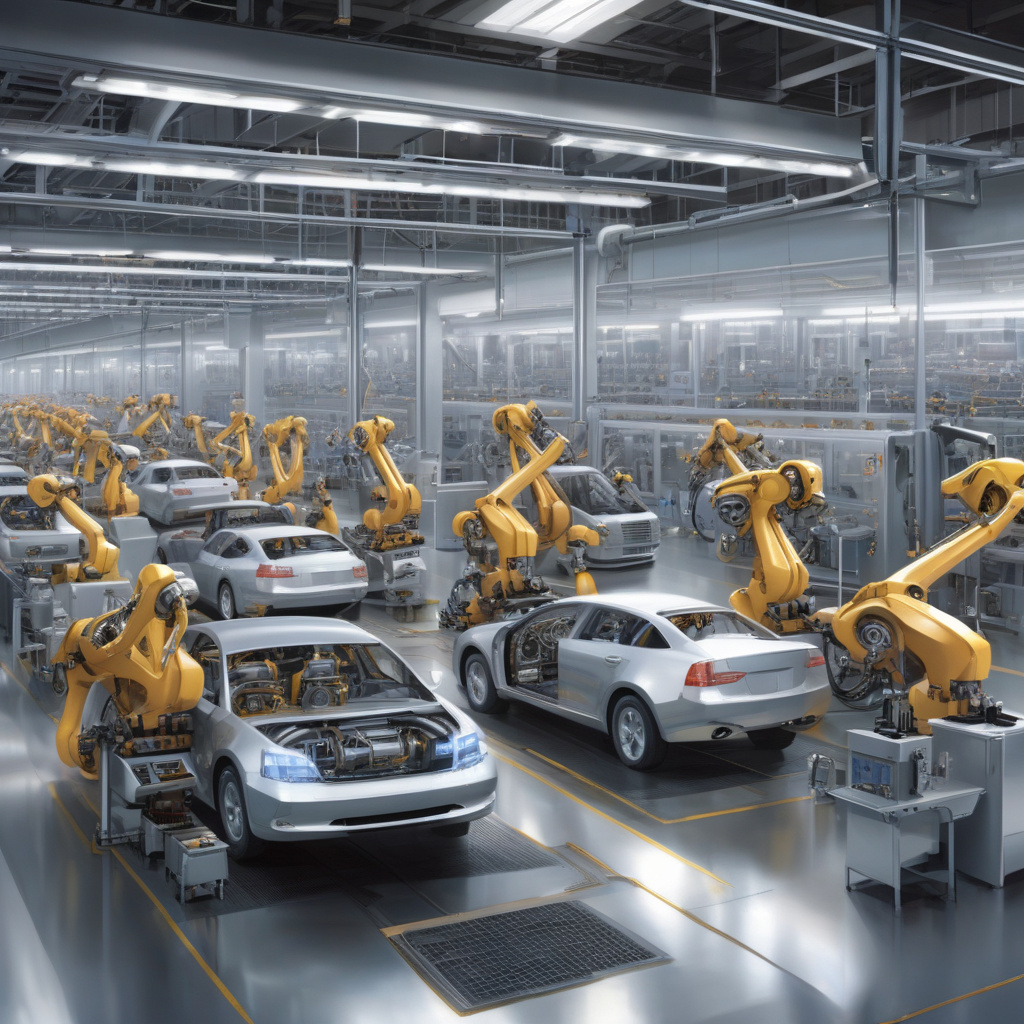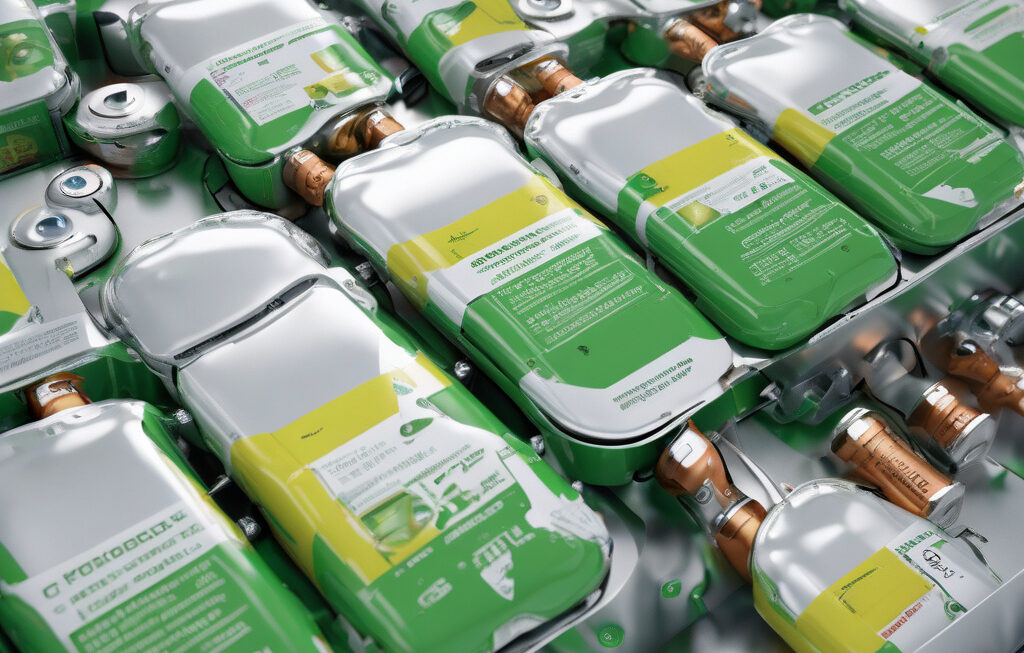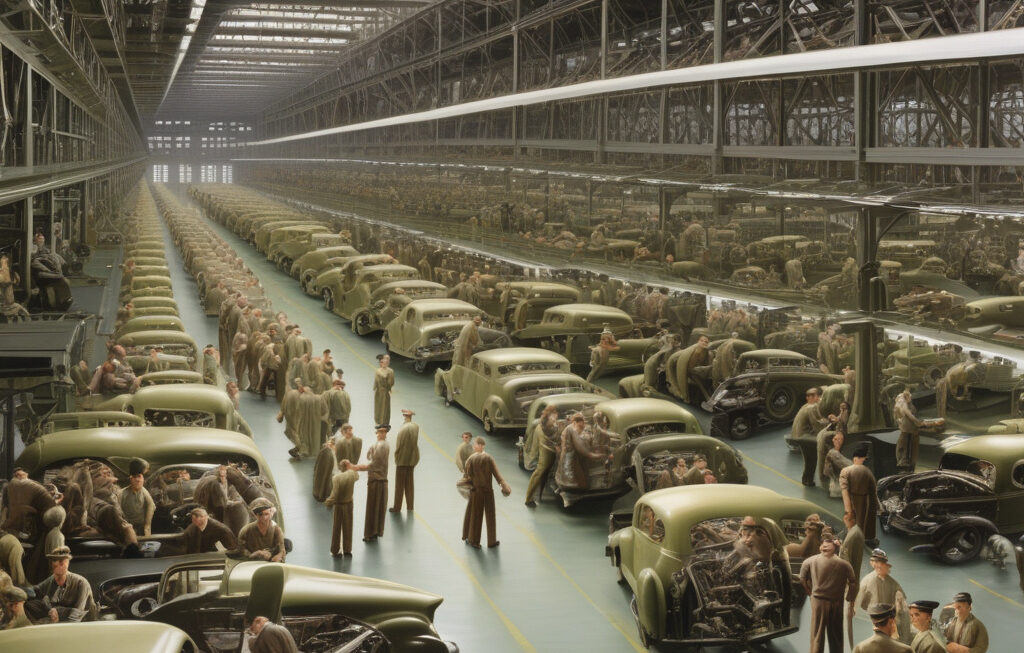A Breakthrough Achievement: US Lab’s Innovation in Friction Stir Welding Technology
A breakthrough achieved at a lab in the United States could bring friction stir welding, a novel technique, to the forefront of car manufacturing and assembly lines. This innovative method, developed by researchers at the lab, has the potential to revolutionize the way cars are built, offering numerous advantages over traditional welding techniques.
Friction stir welding is a solid-state joining process that uses a non-consumable tool to join two materials together. Unlike conventional welding methods that involve melting the materials, friction stir welding works by generating heat through friction, creating a bond that is both strong and high-quality. This process results in welds that are free from defects such as porosity and solidification cracks, leading to superior mechanical properties in the final product.
One of the key benefits of friction stir welding is its ability to join dissimilar materials, such as aluminum and steel, which are commonly used in car manufacturing. This opens up new possibilities for designing and building lighter, more fuel-efficient vehicles that meet the demands of today’s market for sustainable transportation solutions. By incorporating friction stir welding into their assembly lines, car manufacturers can reduce weight, increase structural integrity, and improve overall performance without compromising safety.
In addition to its mechanical advantages, friction stir welding also offers economic benefits for car manufacturers. The process is more energy-efficient than traditional welding methods, as it requires lower temperatures and shorter cycle times. This results in cost savings on energy consumption and production time, making it a highly attractive option for companies looking to streamline their manufacturing processes and increase efficiency.
Furthermore, friction stir welding is a cleaner and more environmentally friendly alternative to traditional welding techniques. Because it does not produce fumes or require the use of filler materials, it helps reduce air pollution and minimize waste, aligning with the growing trend towards sustainable practices in the automotive industry. By adopting friction stir welding, car manufacturers can not only improve their bottom line but also demonstrate their commitment to environmental stewardship.
The potential impact of this breakthrough innovation from the US lab extends beyond the automotive sector. Friction stir welding has applications in various industries, including aerospace, marine, and rail transportation, where lightweight materials and high-performance structures are in demand. By paving the way for the widespread adoption of this advanced welding technology, the lab has positioned itself at the forefront of manufacturing innovation, driving progress and shaping the future of industrial production.
As car manufacturers and other industries explore the possibilities offered by friction stir welding, it is clear that this breakthrough achievement has the potential to transform the way we build things. By harnessing the power of friction and innovation, the US lab has opened up new opportunities for efficiency, sustainability, and excellence in manufacturing, setting a new standard for welding technology in the 21st century.
frictionstirwelding, carmanufacturing, uslab, innovation, sustainabletransportation












